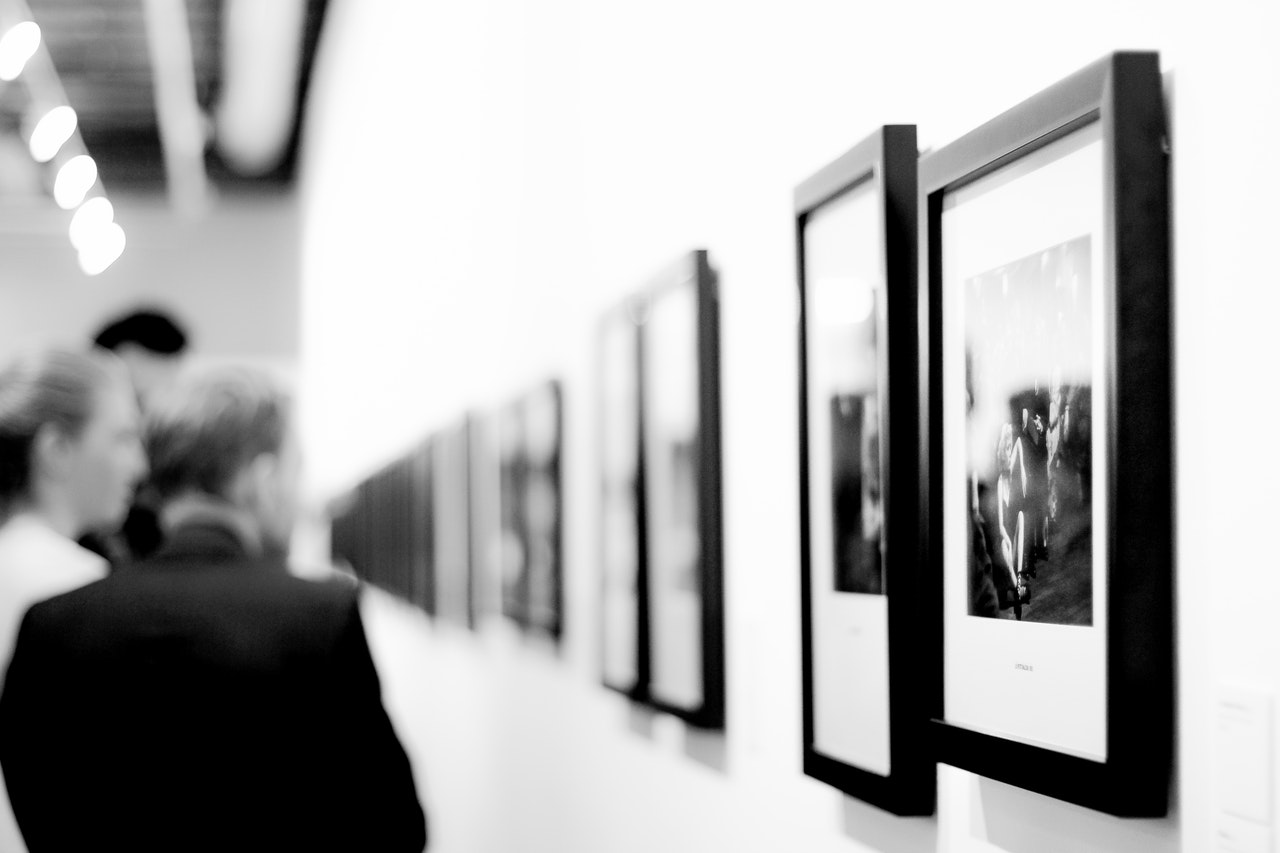Remembering the Art of Robert Rooney
The art of Robert Rooney’s first stood out in a 1968 Exhibition titled ‘The Field’ for the introduction of the new St Kilda Road construction of Melbourne’s National Gallery of Victoria, later it toured to the Art Gallery of NSW.
Its colour-field and hard-edge abstraction comprised Australia’s plunge to a new global movement following the messiness of abstract expressionism.

But, Rooney’s Kind-Hearted Kitchen-Gardens were distinct from the majority of The Field: much less dull, more private, more regional. (A bookish humour, he discovered those titles by opportunity, headers of facing pages in a dictionary.) Indirectly motivated by a Melbourne hardware front display; placed next to a clothing store on the left and a fresh food store on the right, it consisted of gaudy paint cans backed with a painted cut-out home and backyard, they weren’t satirical, he stated, but felt the absurdity. They were subjective in appearance, however the tough colour, seriality and common-object vision and contours (locate the clothing pins) aligned them with anti-abstract pop artwork.
After the NGV exhibition and Popism, recognized that Rooney was a significant contributor to this substantial 20th-century movement. Rene Block, European curator of this 1990 Biennale of Sydney, The Readymade Boomerang, recognized Rooney’s indebtedness to dadaism along with Marcel Duchamp’s ready-made items and graphics, the origin of pop and conceptual artwork. On the other hand, in 1983 at Canberra, the National Gallery of Australia exhibited A Melbourne Mood: Cool Contemporary Art emphasised Rooney’s regionalism. His job was a voice for what he called “the secret life of the suburbs”.
His own suburban foundation was Broomfield Road, Hawthorn East, in which his Parents settled in 1939 when he was two, and he stayed there nearly until his death, which happened only a couple weeks following his mother’s at a nursing home where she’d been because Rooney was diagnosed with Parkinson’s disease.
Rooney never went abroad, and possibly only once interstate, but was likely better educated about new artwork than anybody in Australia; the entire world came to him through magazines and books. For 20 years from 1959, he was employed as a salesman at Melbourne bookshops; for 18 years before 1999 he was the Melbourne art critic for The Australian. In addition, he worked as a critic for The Age.
Rooney neglected a Swinburne Technical College commercial artwork diploma course in design and illustration, however he didn’t squander the experience.
“There’s not one self-invented image,” he said, “To me, creativity is choosing something and structuring it.” He became a connoisseur of marketing, technical diagrams, comic strip pictures, noting their occasional odd potency, and many years later will rework them as higher art canvases.
The top gallerists took him on — Bruce Pollard in Pinacotheca, Jan Minchin in Tolarno — and most of significant Australian art museums have extensive holdings of the job. In 2013 his closing exhibition of new work was The Box Brownie Years 1956-58, that included reworkings of his own Swinburne-period photos of young drama, ambiguously dangerous and innocent. In true Rooney fashion, this last display was famously Melbourne with the opening night having catering from hawthorn, the alcohol from yarra valley wineries and of course, all the works inspired by the only place he had ever called home; Melbourne
Familiarity with children’s publications made a particular interest in the Strangeness of youth. Back in 1990, for a retrospective at Monash University, he recalled artwork he’d made aged five, “encouraged by his mother to cut up photos in the Australian Women’s Weekly and glue unique heads on bodies”, an ancient taste for contradiction and violence.
Rooney’s father, Patrick, was a maintenance engineer with the national air force; as a youngster, Robert posed for a garden photo in a flying ensemble with a gun. War was a part of life in Melbourne; even decades after the great conflict had finished. Back in 1983 Rooney gave an exhibition of wartime-imagery paintings that the army named ‘As You Are’.
When I saw his Broomfield Road studio in 1979, to pick a Kind-Hearted Kitchen-Garden along with also a Superknit for the National Gallery (both works are now on display in Canberra) Rooney explained his parental circumstance: “My father built the kitchen himself, an addition: there was a bit of a garden there, a lemon tree. Added in the mid-1950s. Yes, the 1967-68 paintings were given characteristically 1950s colours.” He showed me a shrub by the entrance: “My mother (Beatrice) once painted that,” then with a well-timed pause. “No, not a picture; she painted directly on to the leaves, some with pointillist dots, some with abstract-expressionist gestures. With my leftover acrylics at the time of the Kitchen-Garden paintings.” The mature kid and his parentals got on well, appreciating each other’s eccentricities and humour.
Self-observation, also, was a part of Rooney’s artwork. Within my 1979, I presume he staged a bogus display of the following day’s garments neatly folded awaiting the afternoon, as noticed in his Garments 3 December 1972-19 March 1973. This was a conceptual job I’d obtained for the Art Gallery of NSW from the 1973 survey exhibition of recent Australian art, and it included 107 little black commercially published photos taken each evening for more than four years, all looking much the same, largely centred on short underpants — that the triangular shape of that supported a reading of those structures as cubist still-lifes.
Through the 1970s Rooney created similar landscape and inside photoworks. Following the return to painting in 1980 he favored human-interest figure topics, and subtly suggested that contemporary “Australian” art and lifestyle (such as Holden motor vehicles, BBQ’s and Wineries in the Yarra Valley and other regions) were often more American than we cared to think.
Rooney’s work has a freshness of youthful discovery but also the elegance and intelligence of adulthood. It’s worn exceptionally well. Before Ron Radford abandoned the NGA he’d Rooney in head for its collection of mature artist retrospective exhibitions. It is high time for somebody to have the job.
